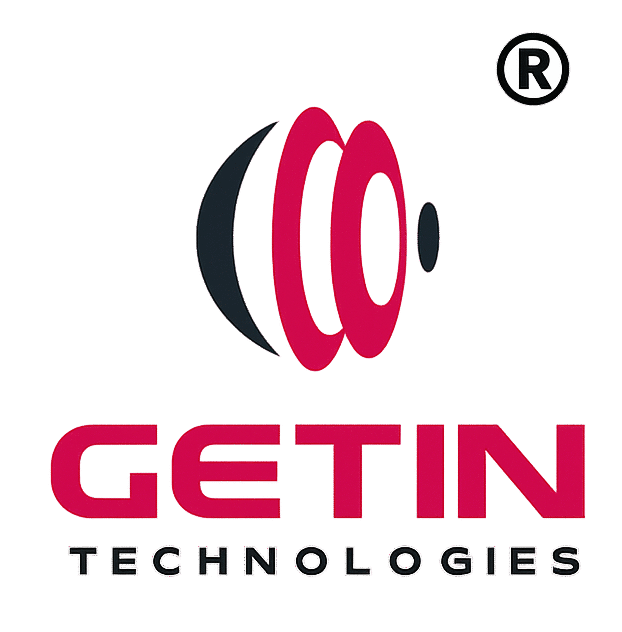Getin Technologies AWS DevOps Training in Kovilpatti is designed to help you gain the skills necessary to operate, deploy and manage applications on the AWS cloud using DevOps principles. It provides an understanding of fundamental AWS services, automation tools, and CI/CD pipelines, giving you a two-fold understanding in both AWS and DevOps. You’ll be trained on how to set up the AWS environments, manage the process of deployment, and apply monitoring tools in order to keep applications functioning at high levels of reliability and performance.
It is also suitable for individuals who would like to enhance their development and operational processes through the use of the practices learned in the course such as CloudFormation, CodePipeline and CloudWatch, among others. Practical lessons will be incorporated in the form of projects involving the application of essential tools for building strong infrastructures, the use of DevOps, and resource management. At the end of the training, you will be able to run applications on the cloud without wasting time any time in the deployment process regardless of the changes in the project. Attend Getin Technologies AWS DevOps Training in Kovilpatti and obtain hands-on knowledge which is essential for cloud career advancements that are in high demand.

















 20% Offer for College Students from Total Course Fees.
20% Offer for College Students from Total Course Fees.










